Trend Analysis Techniques Together with Oscillators – Search for Entry Points
November 22, 2019
Besides trend indicators, a Forex broker’s trading platform also offers a set of trading oscillators. Oscillators are great tools to complement the Forex analysis and traders mainly use them to spot appropriate Forex market entry points.
Opposite then trend indicators, oscillators appear at the bottom of a chart. In a separate window, they project levels following a mathematical formula and using various periods from the past.
The rule of thumb goes that the bigger the number of periods that an oscillator considers, the flatter the oscillator’s line will become. Therefore, it is wise to use oscillators with the default settings as their developers intended.
An oscillator typically shows overbought and oversold market conditions. In Forex, that means levels where traders like to sell or close their longs (when the market reaches overbought) or when they want to buy, or close their shorts (when the market reaches oversold).
But there’s another Forex trading approach that combines both trend trading and the use of oscillators. A Forex trading system based on both is a great way to profit from all market swings.
Forex Trading System Based on Trend Indicators and Oscillators
The Forex market’s beauty comes from the fact that it is in an ever-changing mode. It is an entity that continuously morphs into something else, responding differently to various inputs.
A trading system based on trend following gives entry signals when the price reaches support (in a bullish trend) or resistance (in a bearish trend). The typical way to trade such a system is to apply various moving averages on a chart and react when the price reaches them.
However, sometimes more confirmation is needed. If an oscillator confirms that the price is in the oversold territory while sitting on strong support, that’s another signal to confirm the potential bounce.
Or, if the price sits at resistance and the oscillator shows overbought conditions, chances will favor a price reversal. Therefore, a trading system that combines trend indicators with oscillators will perform better.
The following are popular oscillators offered by all trading platforms:
- RSI – Relative Strength Index
- DeMarker
- MACD – Moving Average Convergence Divergence
- Stochastics
- Momentum
- RVI – Relative Vigor Index
In the end, they all show the same thing, so sticking to one or two will do the trick in identifying the levels to use in conjunction with a trend indicator.
The chart above shows the recent daily price action on the EURUSD pair. The bearish price action started from above 1.25, and the market continues making lower lows.
When to add to a position? Or, where is the best place to enter the market?
Following the Forex trading system explained earlier, how about when the price sits at resistance using a trend indicator and in the overbought area using an oscillator?
In this case, the trend indicator is the MA(200), and the oscillator is DeMarker with the 14 periods considered. When the price hits the MA(200) for the first time after it moved below it, it coincided with the DeMarker(14) being in overbought territory.
That’s a confirmation that the resistance is difficult to break, and going short is a great way to combine the two technical indicators.



